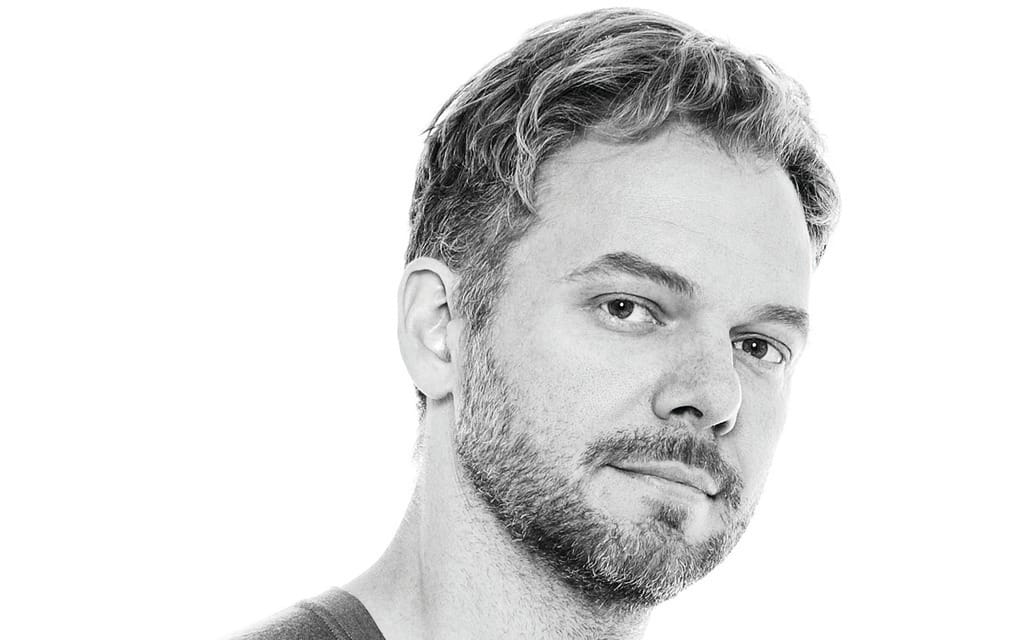Harley-Davidson recently presented several all-new motorcycles. Three feature all-new liquid-cooled motors and aluminum chassis parts. There’s an adventure model. A streetfighter. One is electric. There was even an electric bicycle and a proposed scooter.
No one in the motorcycle industry is talking about anything else. Nothing else matters, because Harley-Davidson matters more than any other brand in motorcycling.
From a global market-share perspective the company is invisible, a tiny footnote in the 45-million-unit global motorcycle market. But as I said last month they represent nearly seven percent of the industry’s global revenue. It is true that only a small fraction of motorcycle people spend money on Harley products, but they spend big.
Or at least they did. Steep sales declines, lingering corporate debt and a product lineup that has lost its allure among the vast majority of the public have transformed the past 12 months into a five-alarm fire. They are the Sears of the motorcycle universe: one-time titan facing an existential crisis because for years no one bothered to change course in the face of a changing world. The management acknowledged this and have acted, the result of which are these new product promises.
The level of the shock waves felt throughout the industry cannot be overstated. Former colleagues from Japanese and European motorcycle OEMs frantically messaged me when the news broke. At first we all clapped. At last! The world’s most valuable motorcycle property was facing facts and coming out to play for real, bringing its awesome influence to bear on the majority of the market it has neglected for so long.
But our celebrating was short lived, once we had time to look closer. The bikes presented look fine. I admire the decision to follow a unique styling path with the adventure model instead of just following the BMW GS/Honda Africa Twin/KTM 1290 template. The problem was that the press release was made of 50 percent prototypes and 50 percent sketches. The latter, when examined through the lens of professional industrial design process, reveals nothing of substance.
The electric bike sketches show generic dirt track bodywork hastily draped over a stock ALTA Motors frame (Harley invested significantly in the San Francisco–based electric motorcycle company in the spring). The electric bicycles and scooter are vapourware, nothing more than the first artistic explorations in the long process of motorcycle R&D. After a few hours of excitement, the consensus quickly became that these images were released to stem the negative press from a truly dismal Q2 financial report and reassure stockholders. The sketches, the proposed “all-new lineup including engines from 500–750 cc” and scooters and scramblers were just a distraction.
It may seem that those of us on the outside have been using the Motor Company as our personal punching bag in the past, but that is incorrect. Our viewpoint has always been one of disappointment. We cringed at the jingoism, the poverty of Harley-Davidson’s technical ambition, and the endless, arrogant hyperbole that proclaimed Harley as the owners of working class rebellion and individuality, while at the same time marketing a completely elitist brand culture to their largely upper-middle class professional customer base. It is hard to like someone who perpetually looks down their nose at your brand of motorcycling for half a century.
Now the chips are down and Harley is coming into the marketplace with mainstream technology and designs that align with the rest of the world. The reality is that the elitist attitude baked into Harley culture is going to get scrutinized more now that they are tossing their hat into the ring with the likes of the Kawasaki Z1000, KTM 1290 Adventure, and . . . Honda and Yamaha, the true titans of our industry.
Fifty years of “rice burner” comments and lofty pricing are not going to defend products that are not competitive. With these new models, Harley-Davidson is going into direct death match-ups with Honda and Yamaha, two companies with crushing levels of advanced performance motorcycle design, engineering resources and manufacturing expertise. Forget everyone else. Honda and Yamaha make jets aircraft, advanced robotics, pioneering A.I., electric vehicles and the most advanced combustion engines on earth.
On the made-up marketing nonsense flank Harley will have to fight head-on against equally “soulful” legacy brands like Ducati, Triumph, KTM, and BMW. On the American heritage front they will face off against a surging Indian, manufactured by the similarly sized but financially stronger Polaris Industries. The proposed new Harleys will be measured against these brands spec for spec. The brand values of the past 50 years, of obsolete cruisers for old people, and gang affiliations, will not be helpful.
It took the European brands 25 years and hundreds of millions of dollars to claw and fight their way to respectability in sales terms versus the Japanese. Does Harley-Davidson have that kind of time? A runaway blockbuster sales hit for a new Harley might be 15,000 units a year (similar to the debut year of the Ducati Scrambler). Can that save a company shipping 250,000 units a year? Can they repeat that kind of success across multiple new product lines, in unfamiliar markets, with all-new engine platforms yet to be developed?
Welcome to the World Championships Harley-Davidson. We are all looking forward to the fight. But bring your A game because anything less will be fatal.






